How to read Gothic handwriting – 1
Gothic handwriting was developed in the 1100s in France on the basis of the Carolingian minuscule. Variations of this handwriting dominated in Norway from the 1600s, and were taught in Norwegian schools to about 1860.
 The letters were initially written with a pen with a broad short point. When the writer drew the pen towards him, the line on the paper was broad. Moving the pen sideways the line became thin. Because of the line width, it was difficult to draw small details, especially round arches in one smooth motion. They instead lifted the pen and started a new line. The writing was therefore angular and “broken” with abrupt angles and large difference between the oblique hairlines (at the same angle as the pen was put on the paper) and wide, heavy vertical stems. The Gothic letters were in general high and narrow as Gothic pointed arches as opposed to the previous round, Romanic arches. The text block on the pages formed thus a uniform and dense pattern of vertical strokes and resembled a web or texture. Gothic handwriting was particularly common in 1300 and 1400’s and was the last major development in handwritten fonts before the printing press emerged from the mid 1400s.
The letters were initially written with a pen with a broad short point. When the writer drew the pen towards him, the line on the paper was broad. Moving the pen sideways the line became thin. Because of the line width, it was difficult to draw small details, especially round arches in one smooth motion. They instead lifted the pen and started a new line. The writing was therefore angular and “broken” with abrupt angles and large difference between the oblique hairlines (at the same angle as the pen was put on the paper) and wide, heavy vertical stems. The Gothic letters were in general high and narrow as Gothic pointed arches as opposed to the previous round, Romanic arches. The text block on the pages formed thus a uniform and dense pattern of vertical strokes and resembled a web or texture. Gothic handwriting was particularly common in 1300 and 1400’s and was the last major development in handwritten fonts before the printing press emerged from the mid 1400s.
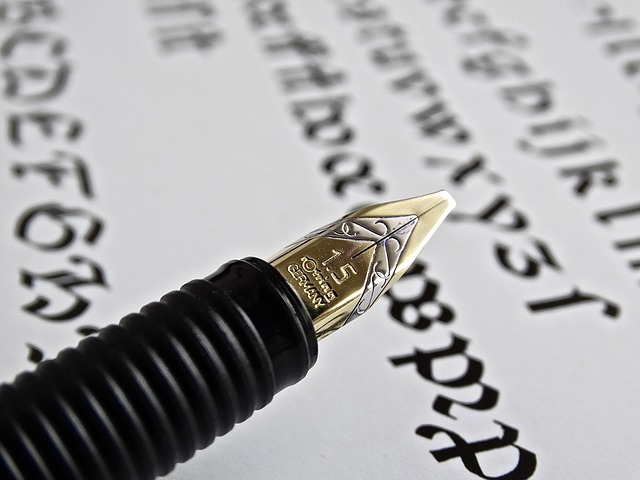
Already in the early 1500s there was a simplification of the rigid and slow Gothic handwriting. This was based on the German Fraktur writing where hairlines and stems were drawn with a brush. In the 1500s this font started to be used in the central and eastern parts of Europe. This was areas that were influenced by German language and culture. The simplified, gothic print font was still angular and with thick stems, but had more continuous lines than before. This evolved independently of the printed fonts, into a faster handwriting that was both intricate and flimsy when it was written with a pointed pen. In Denmark and Norway the handwriting was named “Gothic handwriting”. Variations of this handwriting dominated writing in Norway from the 1600s, and were taught in Norwegian schools to about 1860. Then the Latin handwriting took over. Those who had learned Gothic handwriting, continued happily with it, with varying combinations with Latin handwriting. The sliding transition from Gothic to Latin handwriting in the period 1860-1920 can make documents from this period especially difficult understandable.
The illustration below show the letters written in Gothic. These letters are very nicely reproduced. Unfortunately it is seldom like this in the records. Also it is much easier to see here as the letters are presented separately. In the records the writing may at times look like the trading curve from the stock-exchange. I believe some of the pens the ministers used had a more pointed tip, making the difference between the hairlines and the broader vertical stems less noticeable. This way the writing got more fluent and curvy.
I readily admit that I am very much a novice when it comes to reading records written with Gothic letters. I invite you to join me in the quest at getting better at reading these records.
I must admit that I pressed “publish” on this article a little too early (and at this point I don’t know how to retract it) as I am planning to add some more text and images taken from the Norwegian church books. If you found this interesting, you might want to have a look at the second installment. You might want to have a look at this article about the keeping of the churchbooks in Norway.
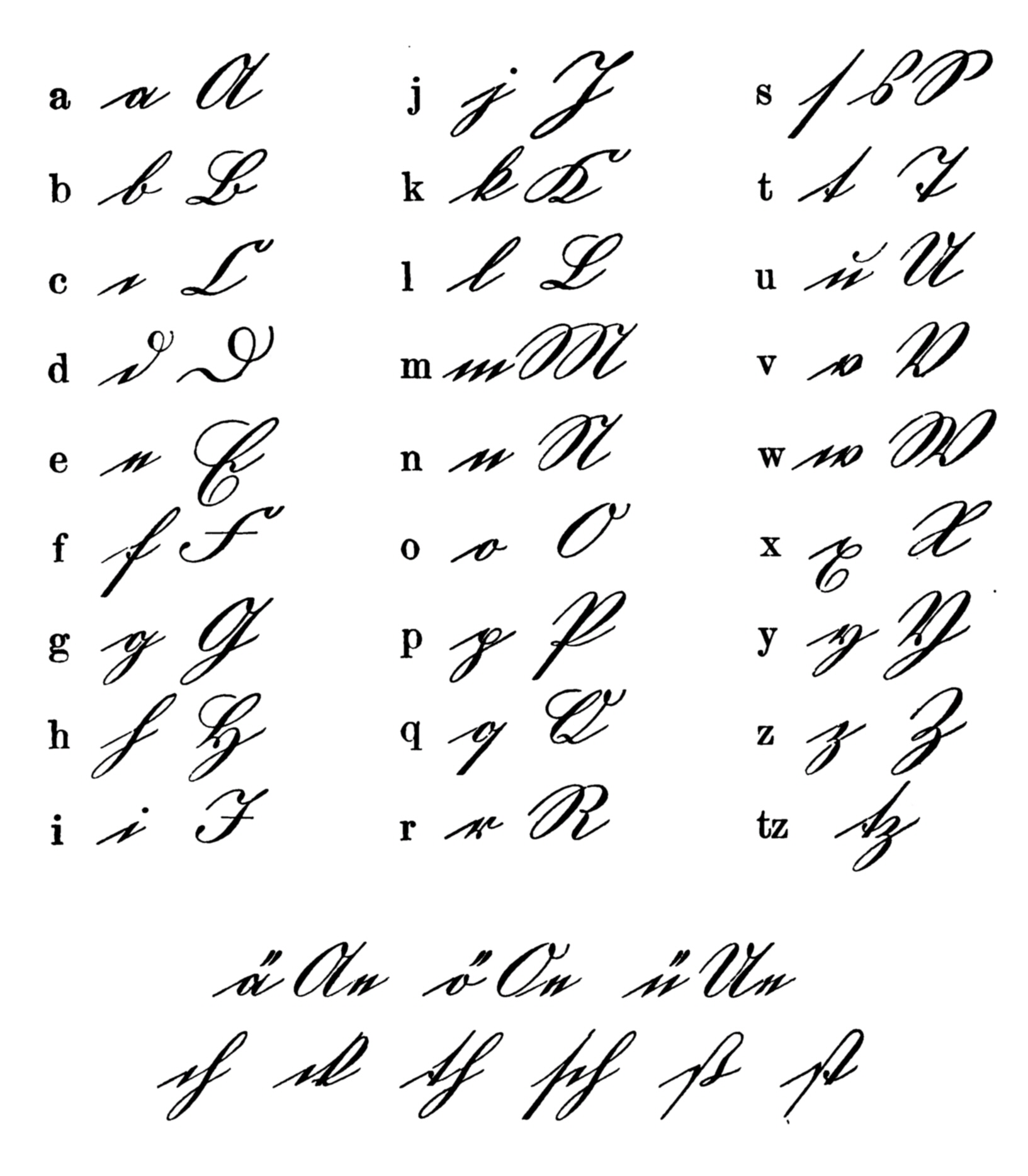
«Deutsche Kurrentschrift» av from Der Damen-Briefsteller, 1866 . via Wikimedia Commons

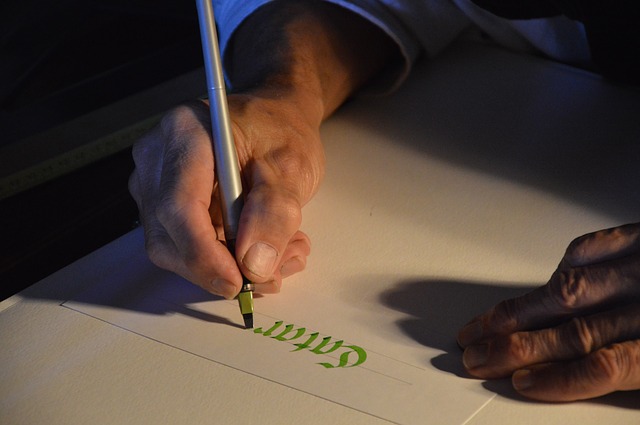

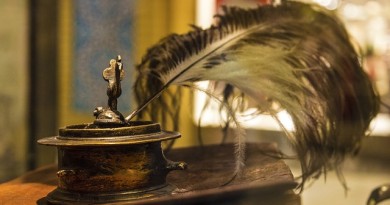
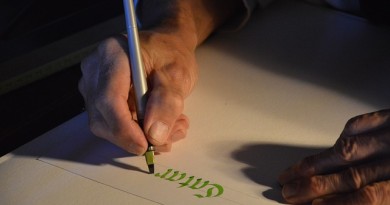
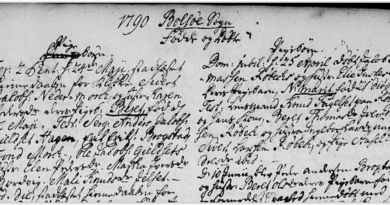
These articles about Gothic writing, Norwegian language, abbreviations, terminology, are very interesting and helpful. Thank you, Martin!